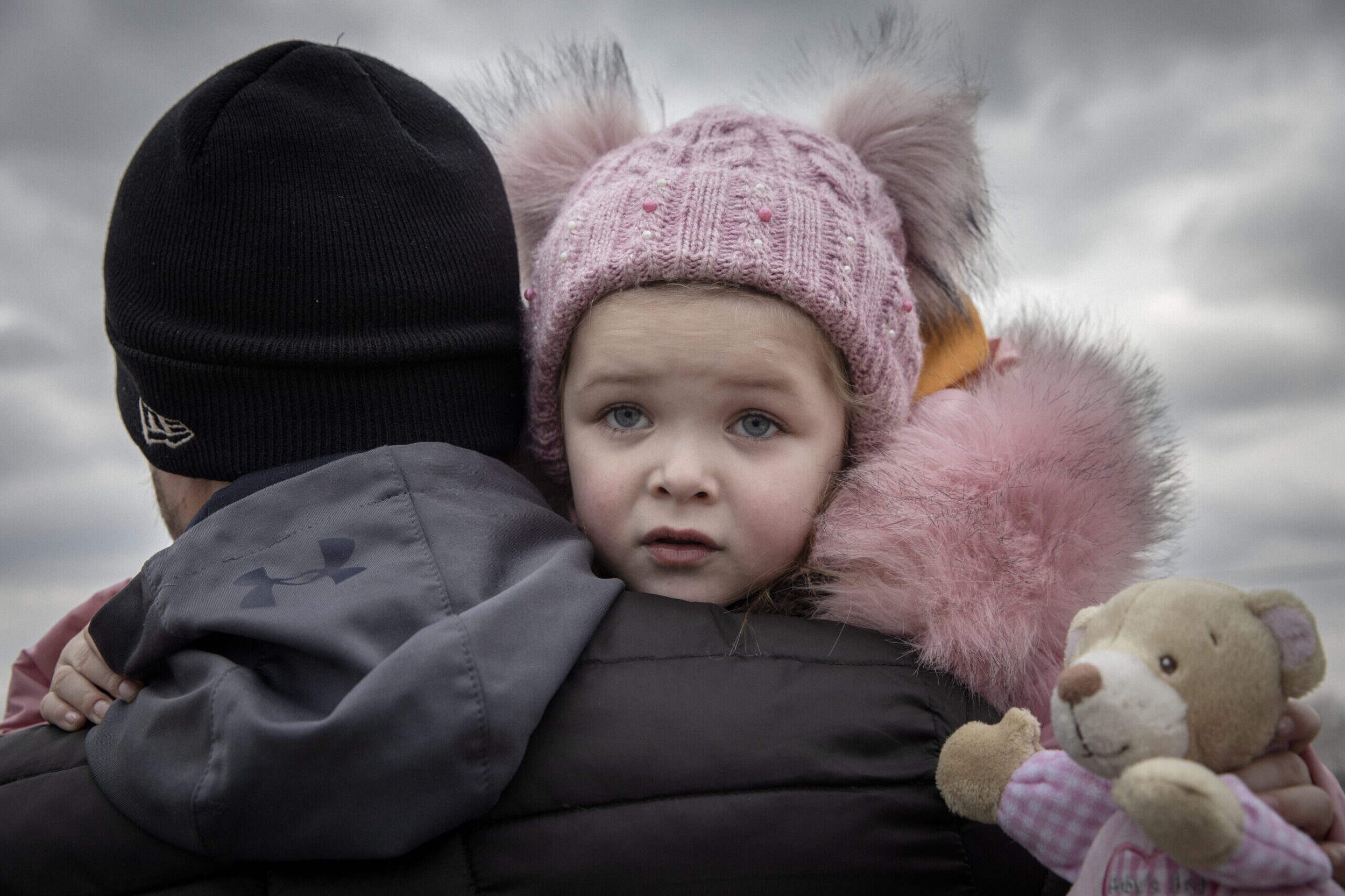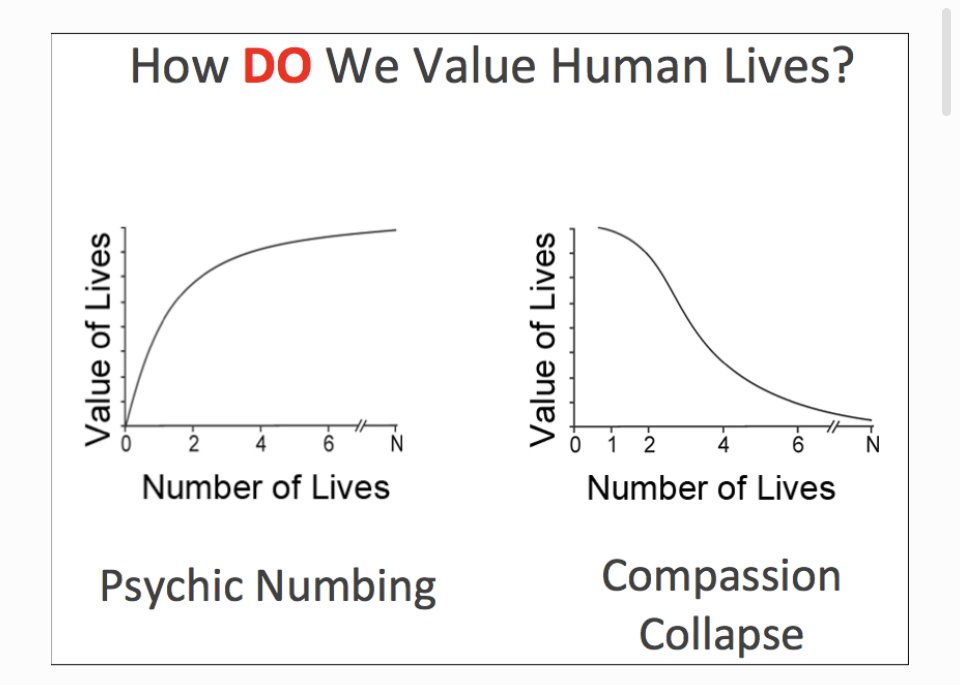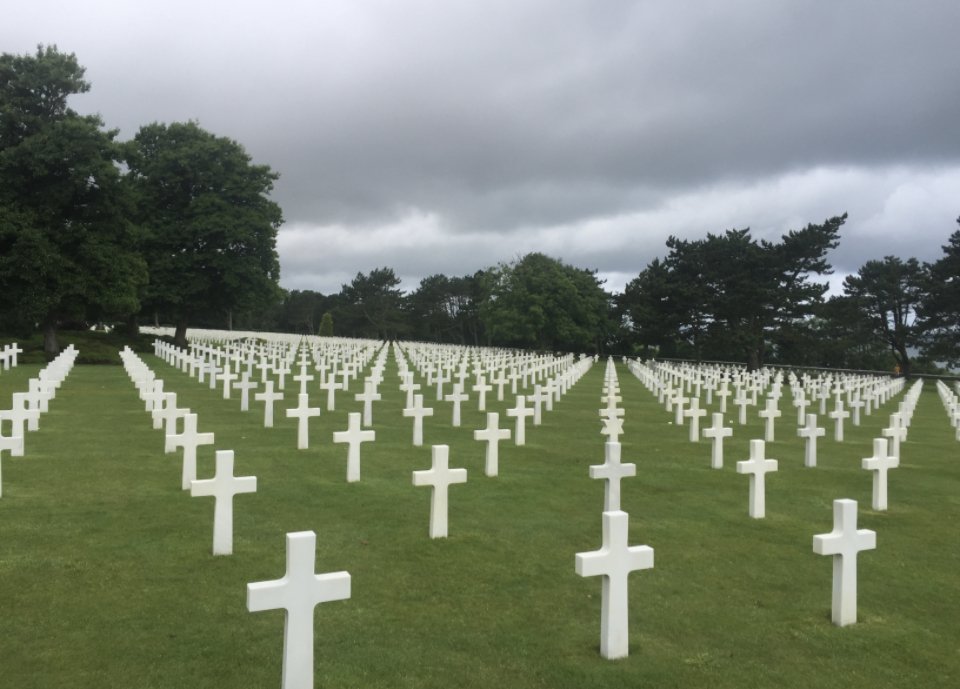Human Tragedies: The More Who Die the Less We Care
Where were you were when the Twin Towers fell in New York City? How about when 58 people were killed and 500 people were injured at the MGM Grand hotel in Las Vegas? Why is it that some mass casualty incidents stick with us while others do not?
While we can instantly recall our location when the Twin Towers fell, we have a harder time with catastrophic events that fall short of mass-calamity.
Since 2009, we’ve had 274 mass casualty shootings in the US. Those events resulted in 1,536 people killed and 983 wounded. One out of every four victims was a child or teen. Those events are presented geographically below.
As further evidence, the shooting at Robb Elementary School in Uvalde, Texas was the 27th school shooting this year. Can you name another? I can’t.
While we can all name a few events like MGM, Columbine and Sandy Hook, our memories quickly grow faint after tragedies. Do you recall the 2018 Santa Fe Texas High school shooting? Eight students and two teachers were murdered by a 17-year old student. Or, what about Community College in 2015? A 26 year-old student opened fire killing eight and wounding nine. I have no recollection of either event. But, why?
University of Oregon psychologist Paul Slovic has been researching this phenomenon since 1990. Dr. Slovic’s work has proven that there is a correlation between the tragedies and the number of individuals who are impacted. Our brains are emotionally wired and typically moved by events impacting fewer number of victims. For example, in one academic study, Dr. Slovic found that people were much more willing to give to charity when they learned that their contribution would directly impact one victim.
You may recall an ad campaign on behalf of C.A.R.E. many years ago. The successful campaign matched donors with a single child. The assigned child would write thank you notes to each donor. Turns out C.A.R.E. was on to something. Dr. Slovic describes this phenomenon as pseudo-inefficacy. That is, when we feel that our contribution is a “drop in the bucket” we are less willing to engage financially or even emotionally. But, when we can see a one-to-one relationship between our contribution and one human being our brains can easily feel the impact.
Courtesy of C.A.R.E.com
But, why do we care so deeply for the individual victim and, yet, find ourselves numbly indifferent to events impacting larger numbers of people? There is a scientific label for why we lack compassion following a some mass tragedies. It’s called Psychic Numbing. We simply feel indifferent when it impacts a large group of people. It’s as if our internal, emotional regulator kicks in. For example, if one child dies we feel the heartbreak for their family. But, when twenty children die our emotions do not rise at 20x. If they did we might not get out of bed. So our brains simply regulate those feelings and even turn off our emotions to protect ourselves from the impact of such catastrophic emotions.
For example, I frequently contribute towards the gofundme funeral costs for a fallen first responder, teacher or service member. I wrote an article about it in December, 2020 called The Kindness of Strangers. But, despite the carnage in Ukraine, I’ve yet to donate a penny. Last week Ukrainian President Volodymyr Zelensky admitted that Ukraine is losing 60-100 soldiers per day. My brain just can’t process the massive scale of death and destruction.
“If I look at the mass I will never act. If I look at the one, I will."
-Mother Teresa
In March of 2002, a fire broke out in an oil tanker about 800 miles south of Hawaii. The ship was incapacitated and floated aimlessly in the Pacific Ocean for 14 days. Eventually an American cruise ship spotted the ship and rescued the crew. Once the crew was safely ashore, they realized they were one crew member short. In their haste to exit the ship, the crew left the Captain’s two-year old Terrier named Hodget on board the ship. The dog had been abandoned and was floating aimlessly aboard the damaged tanker.
Social Media picked up the story. The news channels ended every cycle with an update on the missing pup. Gofundme accounts were created and hundreds of thousands of dollars flooded in to fund a rescue operation for little Hodget.
The Hawaiian Humane Society paid a private search and rescue ship $48,000 to find the abandoned ship, but they failed. The US Coast Guard ultimately used hundreds of thousands of US tax dollars to fund a search and rescue mission in the Pacific. Little Hodget was finally rescued and returned to his happy owner. A happy ending, for sure.
Hodget and his happy owner, together again.
But, there are hundreds of dogs euthanized every day around the world. And, many more who are simply abandoned or abused. It’s a perfect example of how people become emotionally attached to saving one life, but are emotionally detached when it comes to saving many lives.
And, perhaps it’s obvious, but the ship had 23 human crew members on board. They drifted for 14 days. Nobody bothered to raise a dime to save the 23 humans.
“One death is a tragedy; a million deaths is a statistic.”
-Joseph Stalin
Over Memorial Day weekend, the gun violence in Chicago reached alarming proportions. An astonishing 52 people were shot, ten were killed. It was the most violent weekend in five years. It was a sharp increase over last year when three people were killed and 34 others were wounded. When the numbers get this high, I simply shut down. So far, 238 people have been murdered in Chicago this year. Maybe Psychic Numbing explains why nobody does anything to stop the carnage in Chicago.
Course of Max Bender, via Unsplash
The graphic below illustrates how we perceive the murders in Chicago and other major cities. The highest value is on the first life. From there, the value of each subsequent life falls. Once we get beyond 3-4 lives, our perceived value of each life begins to flat line until each additional life lost has no value at all.
For example, if I told you that 100,000 people in India died from an unknown virus last month you’d feel sad. But, if I told you one-million people died from the same virus last month your emotional reaction would not increase by 10x. In fact you may not even register a minimal increase in sympathy because the numbers are simply too large. Perhaps at some point our brains deploy an emotional Governor. A way of protecting ourselves from the impact of 10x that original feeling of sadness.
Photo by Tom Greene
Men and women tend to process these kinds of mass casualties differently. While women tend to be moved by the pure emotion and loss, men tend to migrate towards finding a solution. When solutions seem unachievable, like solving the gun violence and murder problem in Chicago, men tend to shut down.
So, what about you. Are you still processing what happened in Uvalde? Can you feel the sadness or are you experiencing a bit of Psychic Numbing? I am.
My writing is intended to be a conversation. That means you have to participate. How did the mass murder of children impact you, personally? Tell me what you think, below. And, please do me a favor and forward this article to a few friends who might want to join the conversation.
Do you have an idea for an article? Please leave me a message below.
Connect with me on Twitter, Facebook, my Facebook Group, Pinterest, Medium, Instagram, and Goodreads.







